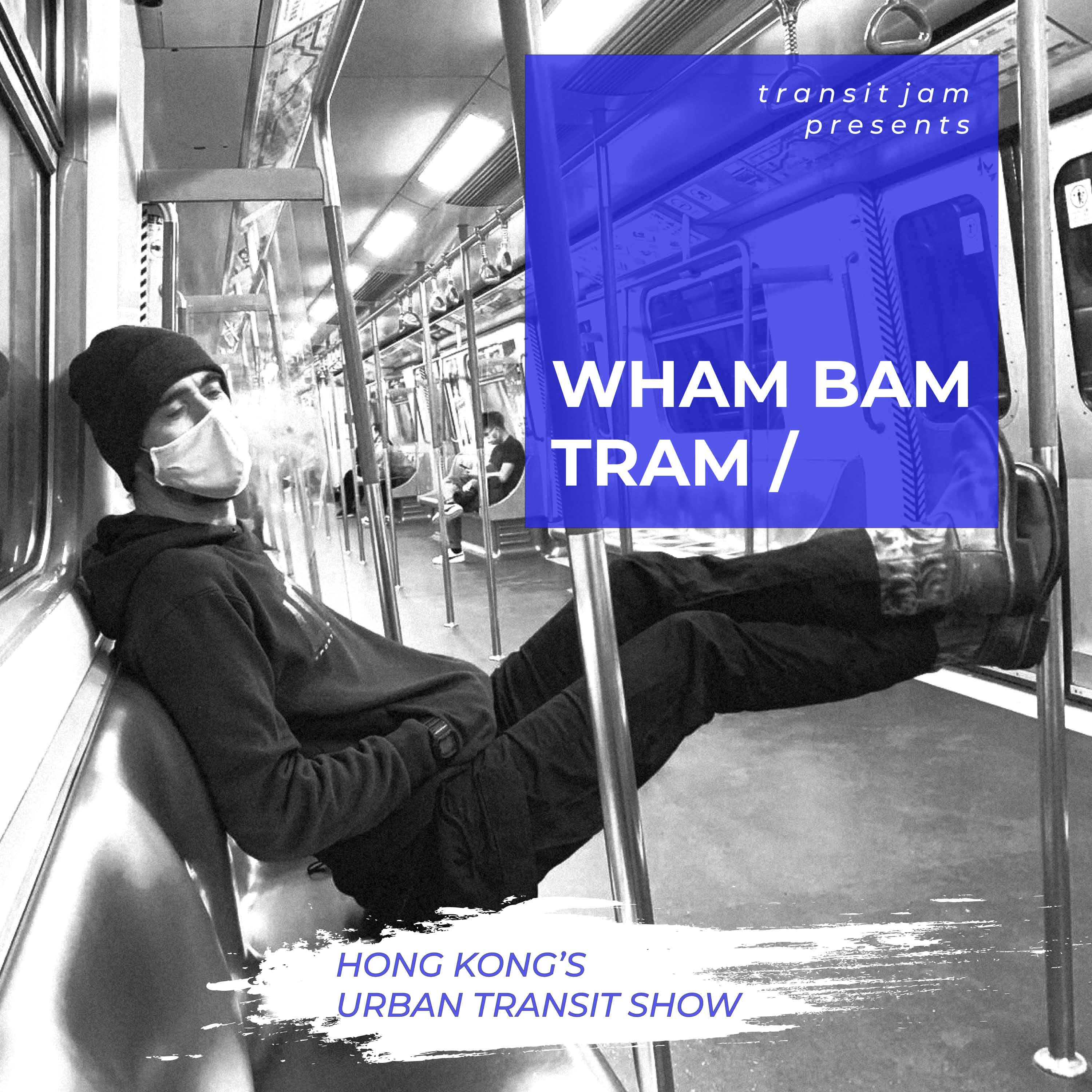
Secretary for Transport and Logistics Lam Sai-hung says the public will be able to test driverless minibuses by the end of this year
Hong Kong’s public minibuses could be the perfect vehicles for driverless technology, according to a speech by the city’s transport chief at a transport innovation event today, with a promise of at least “trial rides” available to the public by the end of this year.
While most driverless development focuses on taxis or private cars, Secretary for Transport and Logistics Lam Sai-hung told an audience of transport innovators Hong Kong should follow its own path.
“I have once said that the focus of autonomous driving in Mainland China is on taxi, and my thinking is very different for Hong Kong. If I apply autonomous driving in Hong Kong, I would like to use it on a minibus,” he told the First Anniversary Ceremony of Smart Mobility Technology (C-V2X) Alliance.
Lam said the size of the Hong Kong public light bus, with 10-20 passengers, could be a comfortable “middle ground” for development, ruling out the concept for double-decker buses.
“By the end of this year we should be able to offer one of the trial rides for passengers to ride on the bus or the minibus that we are testing,” he said.
But public acceptance would be key, Lam said, pointing to “driverless” MTR trains which still have a driver for the sake of appearances.
“[A]n MTR train without drivers, when first introduced a decade ago, made people nervous. So at that time, we placed a human being in the driving cabin, but actually that human being does not serve any driving purpose. It is just for public announcement purpose, but people are quite comfortable as long as they see a man or woman standing there.”
Lam also said driverless technology could help smooth the connection between the mainland’s and Hong Kong’s different road systems.
Last week, for example, DAB lawmaker Ben Chan Han-pan asked if Hong Kong would consider allowing more left-hand drive vehicles across the border, to which the government gave a frank “no”, citing traffic safety.
But autonomous vehicles could solve that issue, Lam said.
“Without the presence of drivers on board, [autonomous vehicles] are no longer bound by some of the restrictions imposed on conventional drivers and can accommodate different driving rules and systems, thereby contributing to the integration of driving modes between the Mainland and Hong Kong, and the traffic plying between the two areas,” he said.
“I have a dream,” Lam continued. “One day, all the two schemes [Northbound Travel for Hong Kong Vehicles “港車北上” and Southbound Travel for Guangdong Vehicles “粵車南下”] will be extended to autonomous vehicles, which means that integration with our motherland is not only for the people, but will be extended to vehicles as well.”
But a government-funded Deloitte China report launched at the same event warned that Hong Kong’s road network would need significant and ongoing “repair and rebuild” investment on its 2,238km of public roads to be made safe for autonomous vehicle development.
According to Deloitte, Hong Kong’s roads lag behind leading regions like Singapore and Netherlands, with roads only resurfaced every 20-30 years, poor quality surfaces and hard-to-read to markings.
“Clear road markings reduce confusion amongst systems and prevent potentially fatal accidents as the [autonomous vehicle] might mistakenly take the wrong turn or not stop at a roundabout if road markers are hard to recognise,” said the report.
Hong Kong also lacks the sensors, cameras and smart traffic tools of more advanced cities, says Deloitte.





